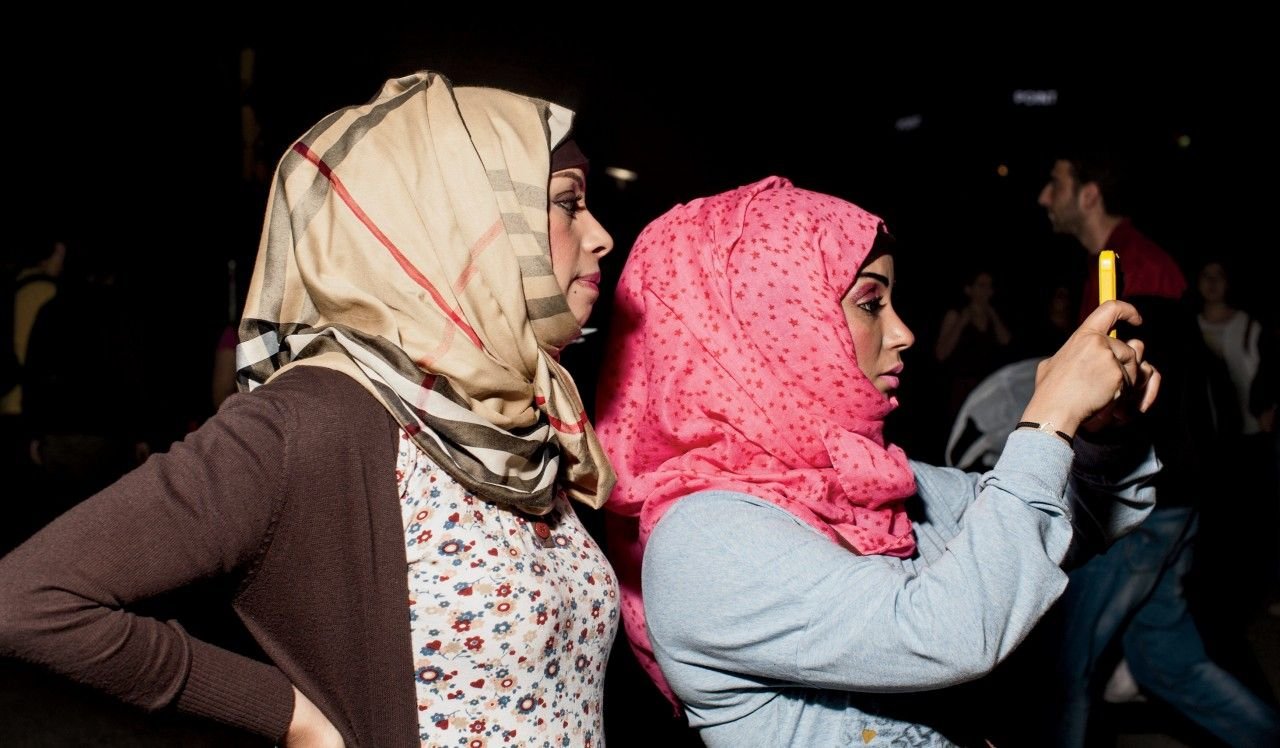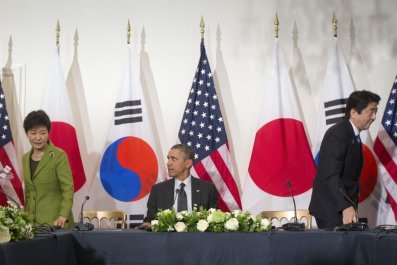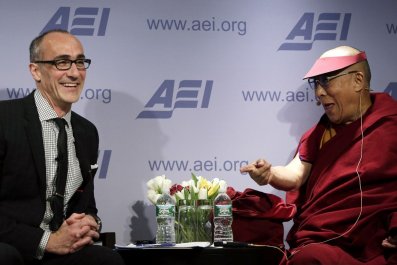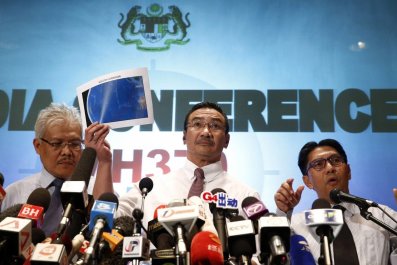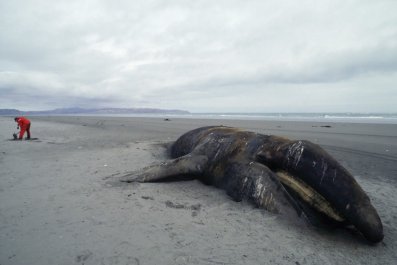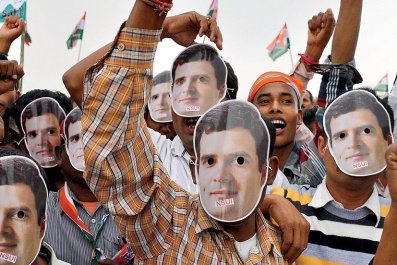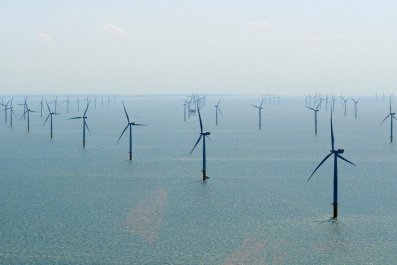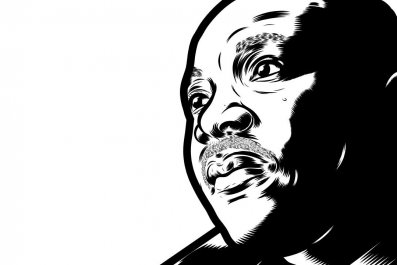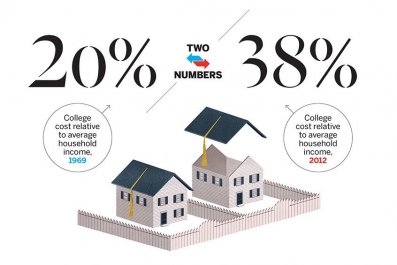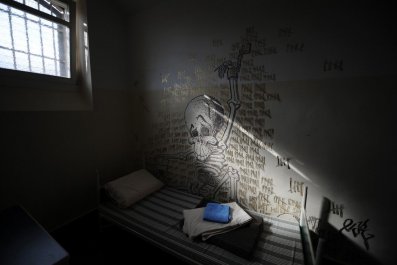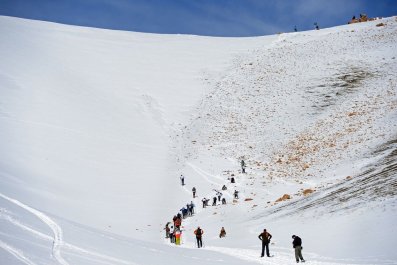On June 15, 2009, after thousands of young Iranians flooded the streets of Tehran to protest the re-election of then-president Mahmoud Ahmadinejad, the U.S. Department of State emailed the 3-year-old Silicon Valley start-up Twitter to request that it delay a scheduled maintenance shutdown. The State Department said it believed the new 140-character microblogging platform was a crucial component of the movement against the government. The company happily complied and issued a statement citing "the role Twitter is currently playing as an important communication tool in Iran."
In the aftermath of that student uprising, media in the West dubbed the protests the "Twitter Revolution" and then spent much of the next five years arguing over how big a role the company had actually played in Tehran—or Zuccotti Park, or Tahrir Square or Gezi Park.
Now, on Twitter's eighth anniversary, none of the social media researchers Newsweek interviewed have found any data showing that Twitter had much impact on those events. Five years after those protests in Iran, what is clear is that no one's cause was advanced more than Twitter's.
Back when Ahmadinejad was re-elected in 2009, his unlikely landslide victory appeared to many of Tehran's young, college-educated middle class to be yet another example of the conservative government's suppression of a growing reform movement in the country. Beginning June 13, protesters filled the streets shouting "Death to the dictator" and sharing photos and videos of police violence on Twitter.
At the time, Twitter was still a small outfit. Its only office was in California, where it employed 100 people. And it never intended to be the digital equivalent of a Molotov cocktail. Katie Stanton, Twitter's vice president of international marketing development, tells Newsweek the company has always understood its role as a "global town square," not a hands-on facilitator for revolutions.
In those days, Twitter frequently went down during usage spikes ("Twitter is over capacity," its iconic "Fail Whale" notifications would say). That's why P.J. Crowley, the assistant secretary of state for public affairs, later summed up the department's request for Twitter to stay live during the Iranian protests as "Could you keep it going?" And thus was a social media legend born. Or was it a myth?
"I was in the streets," says Emad Khazraee, who is from Iran and is researching Iran's social media use at Drexel University. "The contribution of Twitter to what happened in the streets was zero."
In 2013, a study published by the University of Pennsylvania's Iran Media Program examined Iranians' Internet use over the year following the election. It found that, of 2,800 people surveyed, only 13 percent followed Twitter at all. "TV is the thing that still counts more," says Briar Smith, the program's director, citing its finding that 70 percent of people surveyed cited television as their primary news source. In fact, in 2009, on the eve of the election, fewer than 20,000 Twitter users were registered in Iran. "Most of the people tweeting were outside Iran," Smith says.
Similar studies have called into question the platform's ability to fuel protest movements. In July 2013, Indiana University researchers analyzed Twitter's role in Occupy Wall Street. They found that the major organizers of Occupy on Twitter tended to be activists who already knew each other, and that their tweets did little to create new Occupy leaders or followers. Michael Conover, one of the University of Indiana researchers (and now a data scientist at LinkedIn), says that, on the ground, "Occupy struggled with organizational challenges." While many people followed activists online, that didn't translate into a cohesive group in the real world. "Twitter," he says, "was not enough to sustain the movement."
"Social networks predate the Internet," says University of Pennsylvania communications professor Sandra González-Bailón. "They have always played a role in mass organizing." Whereas information used to spread slowly—via pamphlets, for example, during the American Revolution—now they spread instantly over Twitter and Facebook. But the notion that Tehran's activists needed Twitter is "a fiction," she says.
Some believe Twitter actually had a negative impact in that country. Smith argues that the company's cooperation with the U.S. government led Iran to take a more aggressive stance against free speech online. At the time, President Barack Obama, not wanting to disrupt fragile nuclear weapons negotiations with Ahmadinejad, insisted the U.S. wasn't interfering with Iran's affairs by talking to Twitter. But with the U.S. already engaged in two wars in the Middle East, Iran's leaders didn't buy it. When the State Department asked Twitter to stay live back in 2009, Smith says, it was "a huge mistake" that "turned social media into a political tool."
The upshot: Twitter has been banned in Iran since the 2009 elections. "I don't think [the U.S.] quite knew what the repercussions would be," she says.
After Ahmadinejad left power in 2013, Twitter started to re-emerge in Iran, but Iranians still can't access the site without going through proxy servers. Facebook too is blocked. And in 2014, Reporters Without Borders placed the country on its "Enemies of the Internet" list, citing, in part, its attempt to disconnect citizens from Silicon Valley by creating a national intranet isolated from the West.
University of North Carolina sociologist Zeynep Tufekci disputes the specific contention that the State Department's email caused Ahmadinejad to turn against Twitter. The broader point, she says, is that Twitter made Tehran "the first protest watched from the grassroots" perspective. This, she says, "woke up a lot of sleeping governments" to the importance of social media. "And after the Arab Spring, no one was sleeping."
The results of this "waking up," whether it was prompted by the State Department or not, can be seen in the Internet policies of countries around the world. "States think alike," Tufekci says, noting that Iran's "wake-up" came the same month that the National Security Agency's Prism program began collecting private user data from Facebook. In early 2011, hundreds of thousands of Egyptians took to Tahrir Square to protest the presidency of Hosni Mubarak. "What did Egypt do? They shut down the Internet," she says.
The move caused traffic inside the country to fall by 90 percent. And in Turkey, where citizens have been protesting the conservative rule of Prime Minister Recep Tayyip Erdogan for the past year, the government has banned Twitter. Erdogan called the company a "troublemaker" that needed to be eradicated.
In response to Erdogan, Twitter has diverged from its usual hands-off political stance. On March 26, the company formally challenged the ban in Turkish court, explaining on its blog that it was "joining Turkish journalists and legal experts, Turkish citizens, and the international community in formally asking for the ban to be lifted." (The court has since ordered Erdogan to suspend the Twitter ban while the case is being decided.)
Today, Twitter is formally blocked in China, Iran and Turkey, while Syria and Venezuela have taken steps to censor the platform and monitor its use. Twitter wasn't alone in politicizing social media, says Tufekci, but with its rapid proliferation in the past few years—2,700 employees in 15 countries—it has become a symbol of how tech companies can provide a platform for free speech. For countries looking to crack down on dissent, she explains, "the demonization of social media is a major political need. They say, 'Oh look! It's a threat to families. Oh look! It's a foreign agent.' They try to keep their supporters off."
The revolutionary aspect of Twitter in geopolitical terms may go back to its original, more benign mandate: to serve as a global town square. "What makes Twitter special is that it allows you to connect with people who share your beliefs across long distances," Conover says. "It makes it safe to anonymously express true candid opinions."
In many of the places where the 75 percent of Twitter users outside the U.S. live—like Iran, Turkey and Egypt—this in itself is revolutionary. In Iran, Khazraee says, young people now use social media to organize and share information about underground jazz concerts and fashion shows, free from the rules of conservative leaders. On Twitter, they can joke around and express themselves openly, taking whatever political stance they wish without fear of repercussions. In the long term, he says, this may be the real Twitter Revolution.
It will be years before we know if Khazraee is right. But already there are signs of change in Iran: In October 2013, two months after replacing Ahmadinejad as president, Hassan Rouhani tweeted to Jack Dorsey, the co-founder of Twitter, "Evening, @Jack. As I told @camanpour, my efforts [are] geared 2 ensure my ppl'll comfortably b able 2 access all info globally as is their #right."



